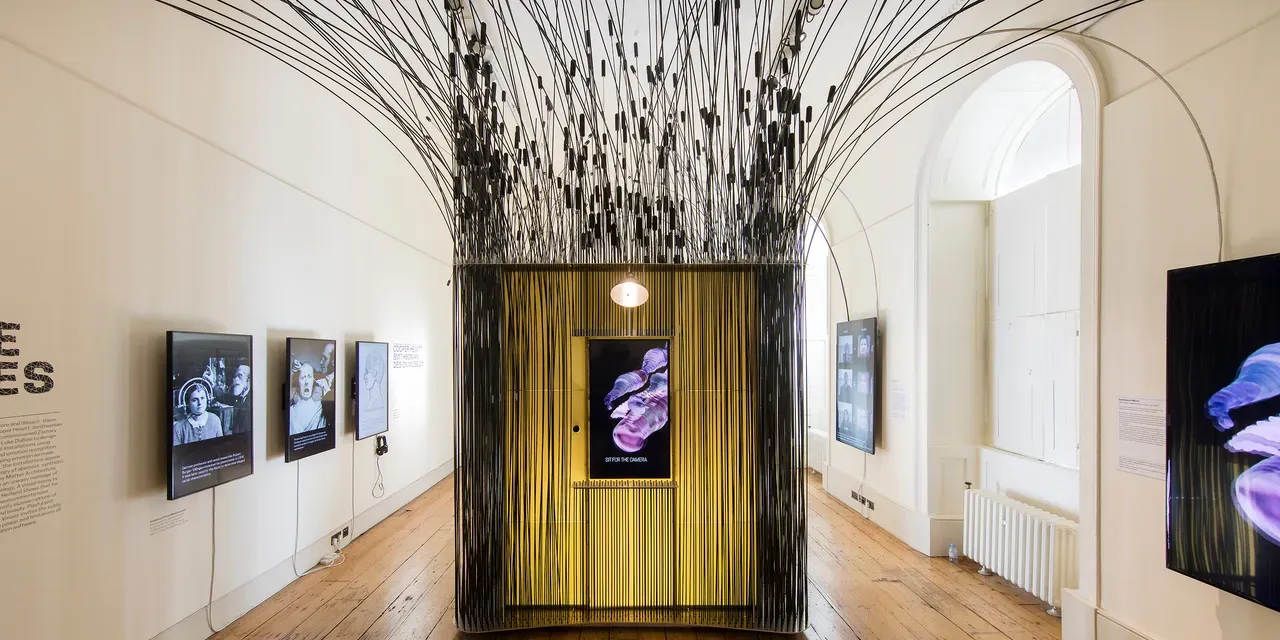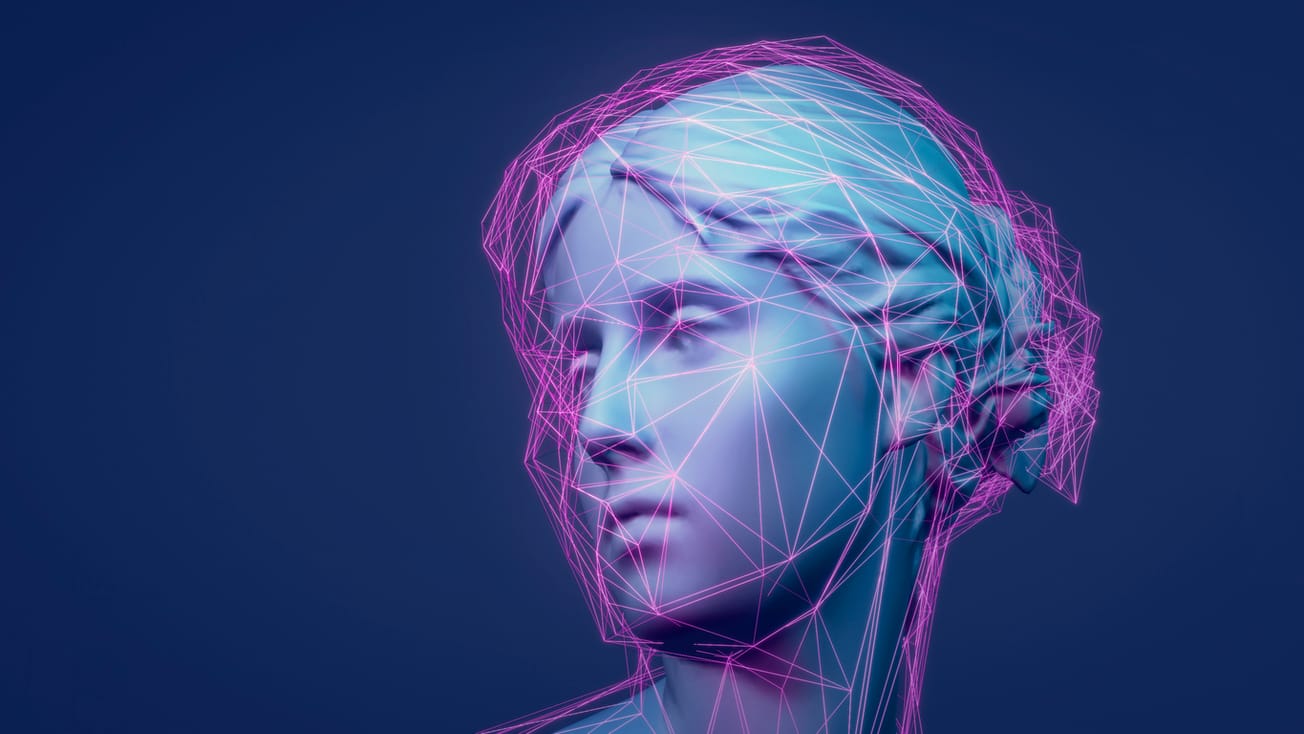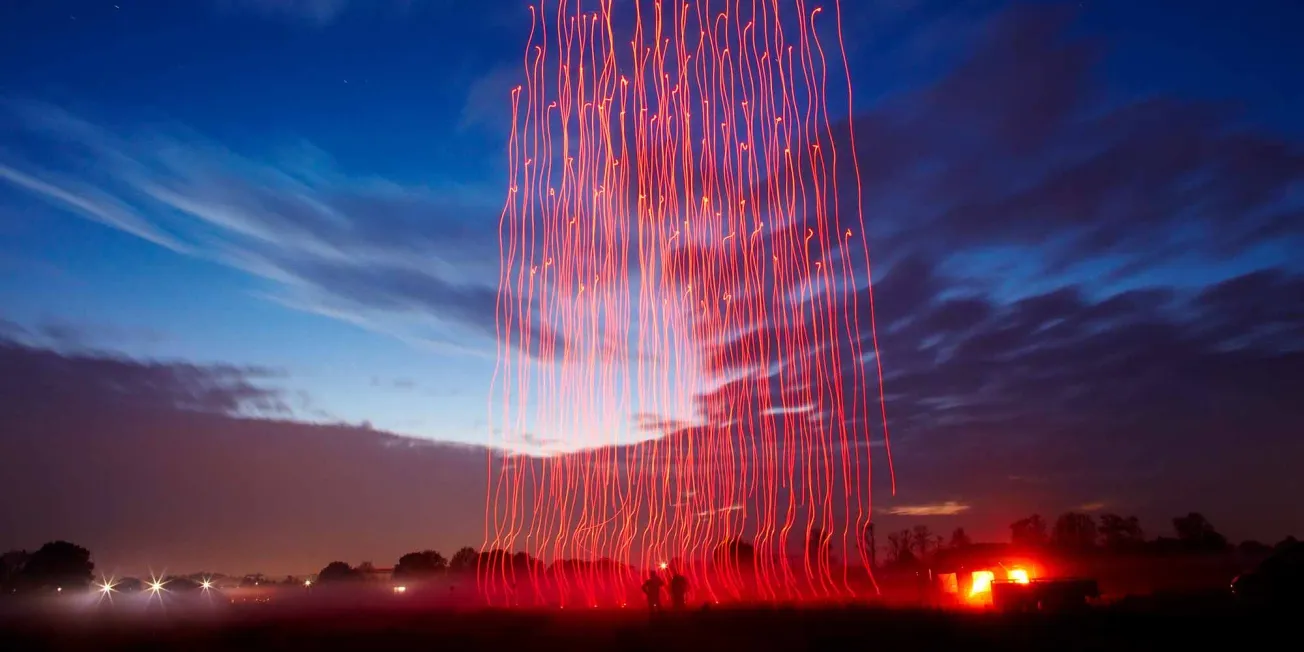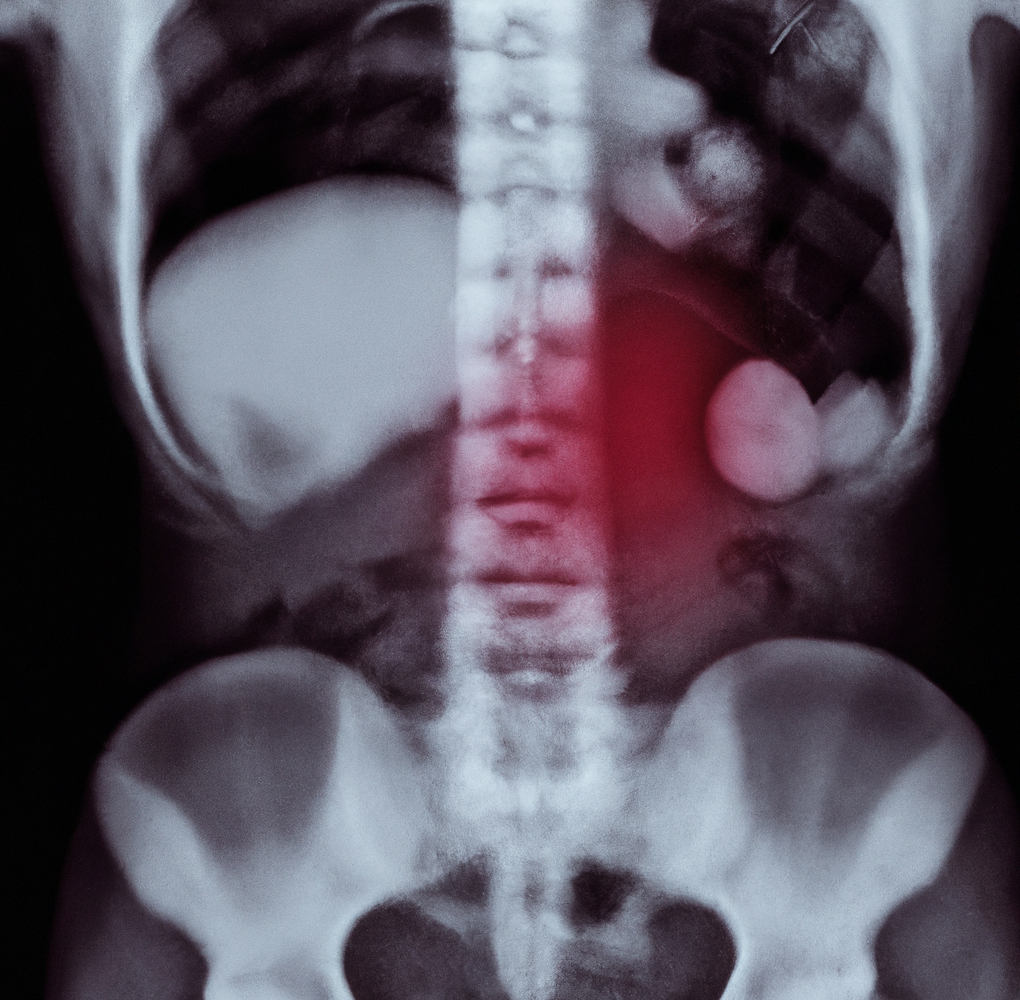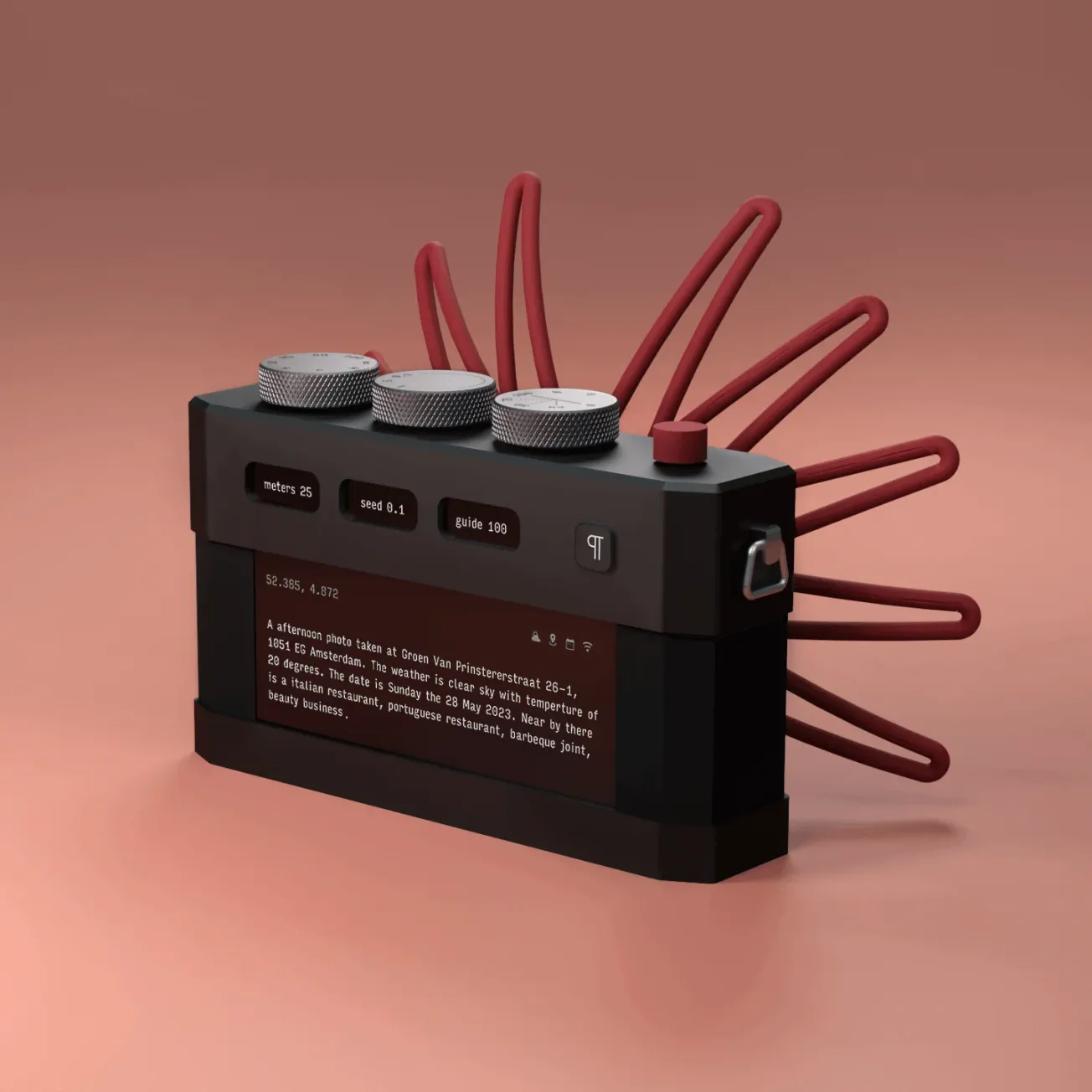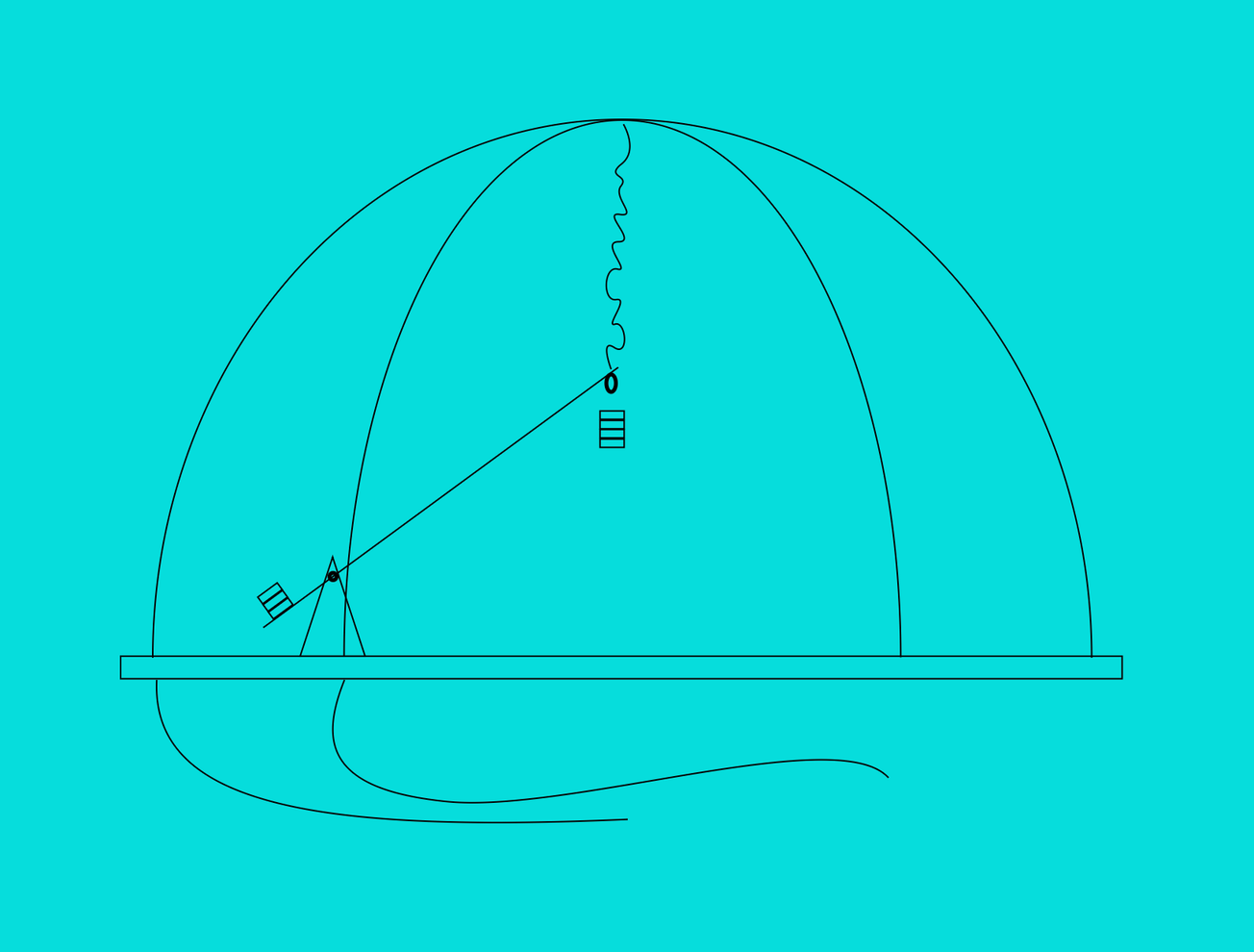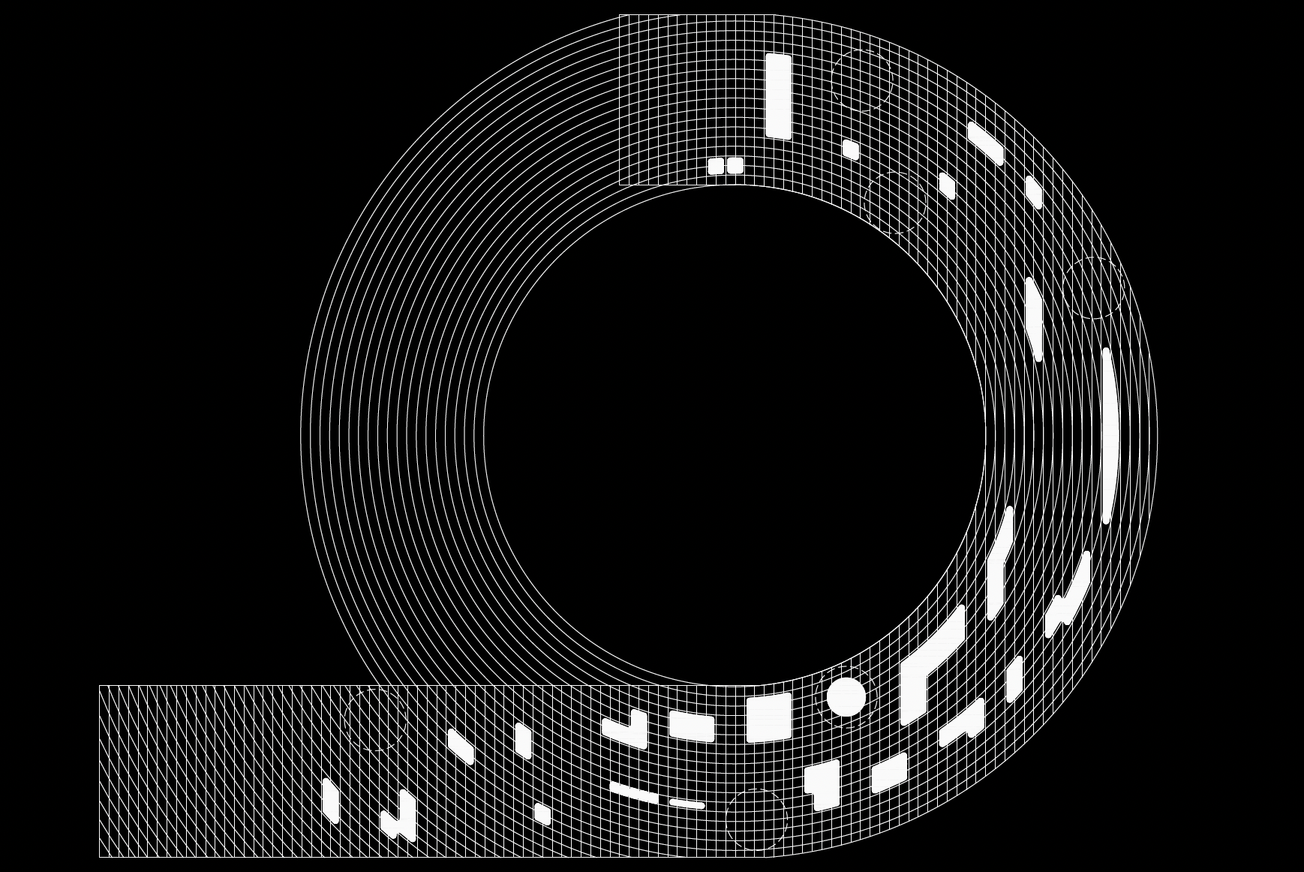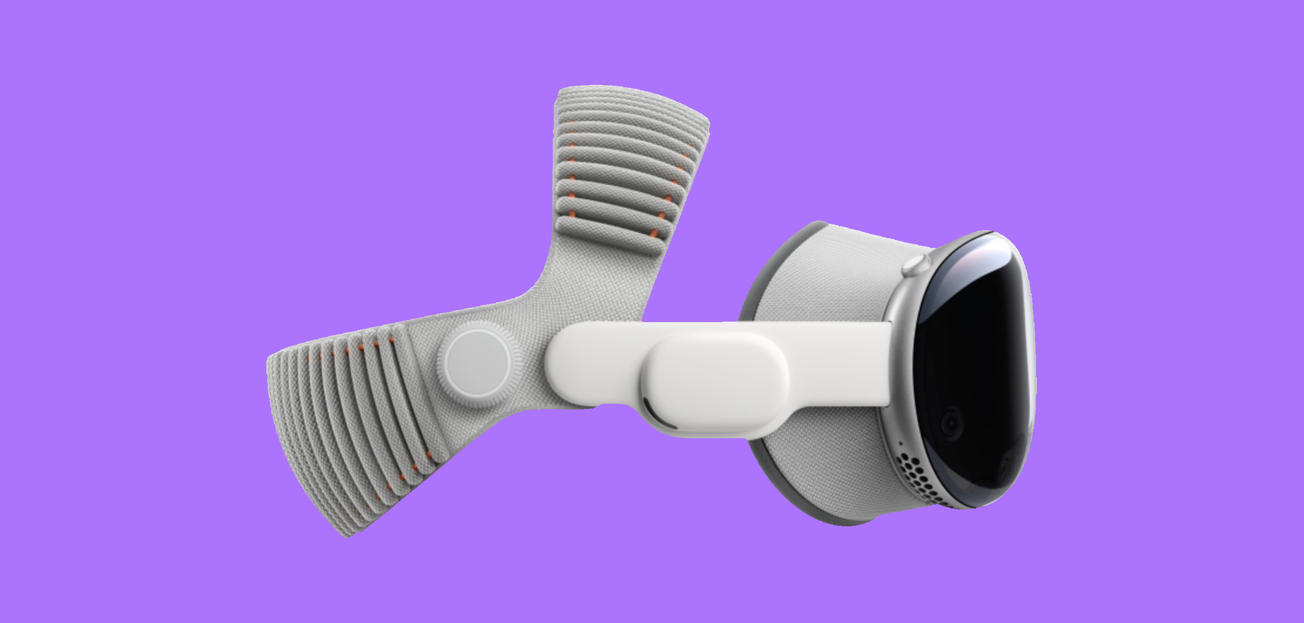The Internet of Things (IoT) didn’t begin with smart thermostats or factory sensors—it emerged from decades of experimentation linking computation, communication, and control. Long before the term was coined, researchers, artists, and hobbyists were already building prototypes of a world where objects could sense, respond, and interact. The story of IoT is as much about creative inquiry as it is about industrial evolution—a shift from speculative cybernetic systems to the connected infrastructures that quietly govern everyday life.
Feedback Loops and Early Cybernetics
The conceptual roots of IoT lie in mid-20th century cybernetics, a field exploring feedback and control in biological and mechanical systems. Norbert Wiener’s 1948 book Cybernetics: Or Control and Communication in the Animal and the Machine proposed that systems—living or artificial—could regulate themselves through feedback loops. This idea seeded a generation of research into automated sensing and machine-environment interaction.
By the 1970s, these principles extended into design and architecture. At MIT’s Architecture Machine Group, Nicholas Negroponte and his collaborators developed systems that responded to human behavior, anticipating what would later be called “smart environments.” These projects explored how computation could embed itself into physical space, long before the networked sensors of modern IoT. In the late 1980s, Xerox PARC researcher Mark Weiser advanced this vision with the concept of “ubiquitous computing.” He imagined a future where technology would fade into the background—calmly embedded in objects and environments rather than isolated in screens. Weiser’s work reframed computing from an interface problem to an ecological one, setting the stage for IoT’s evolution as a distributed system of awareness rather than a collection of devices.
From RFID to the Idea of the Internet of Things
The technical foundation of IoT began forming in the 1990s as advances in wireless communication and miniaturized computing converged. The widespread adoption of RFID (Radio Frequency Identification) systems allowed objects to be tagged and tracked, creating a digital identity for physical things.
In 1999, British technologist Kevin Ashton used the term “Internet of Things” while working at Procter & Gamble, describing a vision where objects could automatically communicate data through the internet without human input. Around the same time, MIT’s Auto-ID Center began developing global standards for RFID networks—essentially designing the first architecture for connecting physical objects to digital databases. These developments were driven largely by logistics and manufacturing, but the conceptual implications were much broader. For the first time, the infrastructure existed to turn the physical world into a data environment—where materials, products, and even cities could be monitored, optimized, and analyzed in real time. Yet the early 2000s also marked a cultural shift. Outside corporate R&D labs, artists and designers began experimenting with sensors, networks, and interactivity not to optimize systems, but to question them.
The Birth of DIY IoT: Makers, Artists, and Networked Experiments
If industrial IoT was born in warehouses and factories, its creative counterpart emerged in studios and hacker spaces. The early 2000s saw a convergence between open-source hardware, creative coding, and a growing maker culture that democratized the means of experimentation. Arduino, launched in 2005 by Massimo Banzi and David Cuartielles, was pivotal. The low-cost microcontroller gave hobbyists and students an accessible way to prototype networked devices. Combined with open-source software frameworks like Processing and later Raspberry Pi, Arduino transformed IoT from a specialized engineering challenge into a participatory culture of invention.
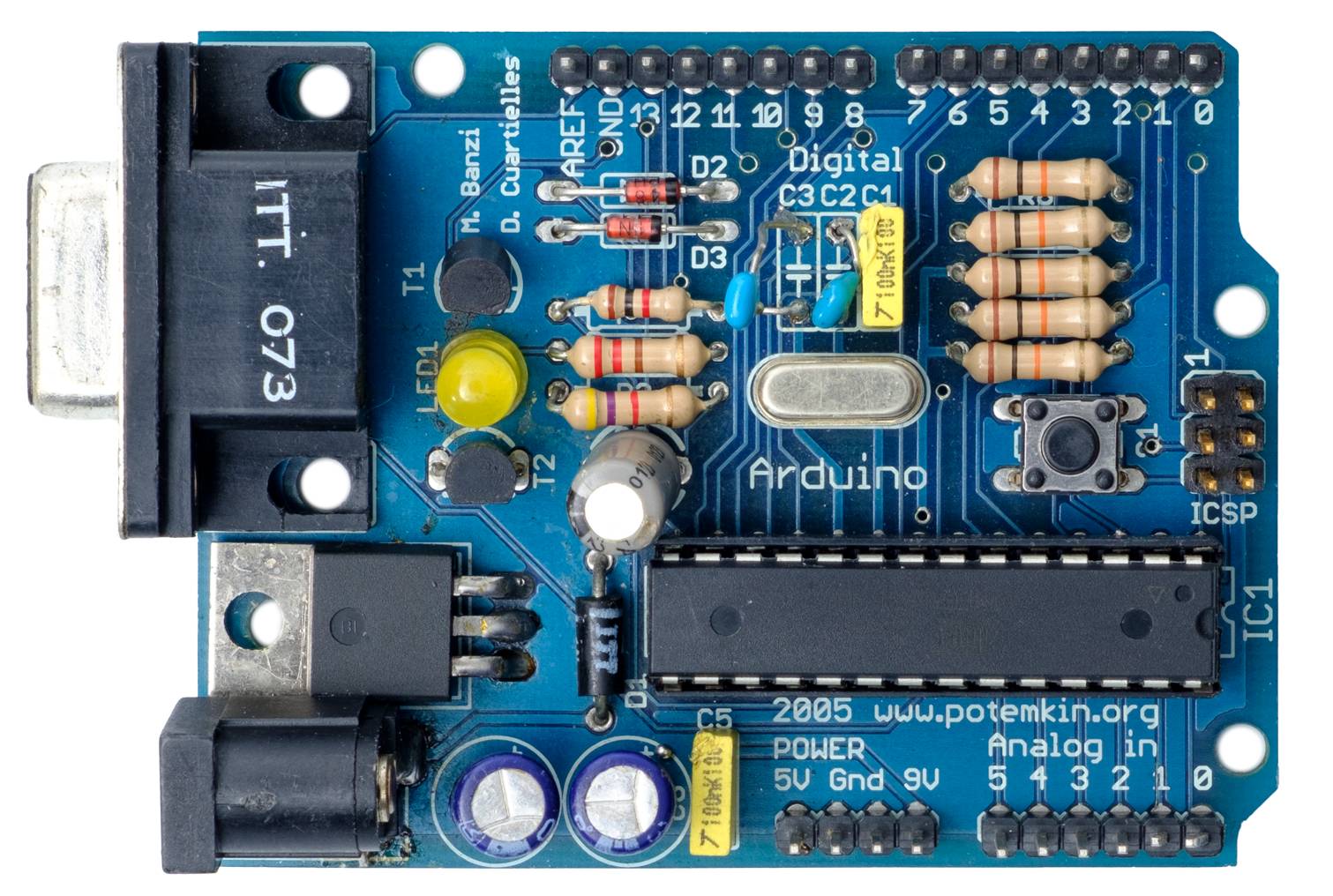
Artists were among the first to push these tools beyond functional use. Natalie Jeremijenko’s Feral Robotic Dogs (2002) repurposed robotic toys to detect pollution, turning consumer electronics into environmental activists. Usman Haque’s Pachube (2007)—a platform for sharing real-time sensor data—pioneered open environmental sensing, laying conceptual groundwork for today’s data-driven sustainability projects. Collectives such as Proboscis and designers like Timo Arnall and Jack Schulze explored “internet-connected things” as social and cultural interfaces rather than mere technical systems.
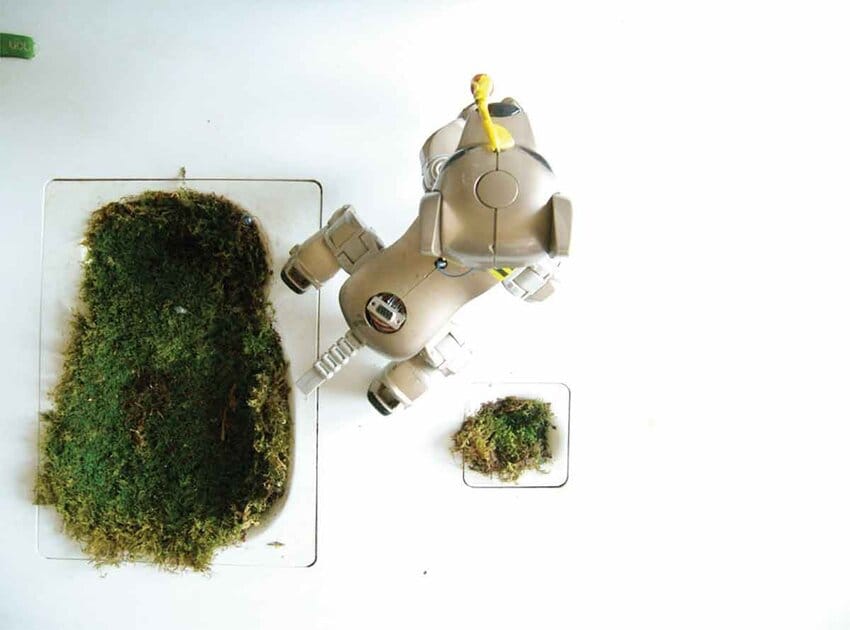
This DIY IoT movement reframed connectivity as a material for design thinking. It encouraged a generation of creators to view sensors and networks as expressive media, capable of revealing relationships between people, objects, and environments. Long before the smart home became a commercial category, these prototypes explored how data and material form could intertwine.
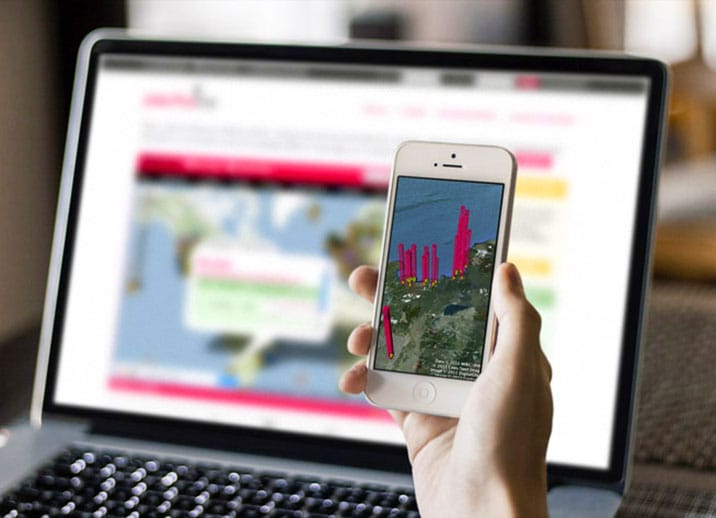
From Consumer Gadgets to Global Infrastructure
By the early 2010s, IoT had shifted from experimentation to mass-market adoption. Cloud computing, mobile connectivity, and cheap sensors created the conditions for scalable applications. Nest Labs launched its learning thermostat in 2011; Philips introduced Hue smart lighting in 2012; and Amazon’s Echo (2014) brought voice control into the home. The “smart home” became IoT’s public face, marketed as convenience through automation. However, this commercial wave also exposed critical tensions. Fragmented platforms, security vulnerabilities, and data privacy issues revealed the risks of connecting everyday life to corporate clouds. The 2016 Mirai botnet attack, which hijacked insecure IoT devices to cripple parts of the internet, highlighted how quickly convenience could turn into systemic vulnerability.
As hype subsided, IoT’s center of gravity moved toward the enterprise. Industrial IoT (IIoT) applies the same principles of connectivity and data-driven feedback to manufacturing, logistics, energy, and urban infrastructure. Sensors embedded across machines and environments enabled predictive maintenance, resource optimization, and real-time analytics—forming the backbone of what became known as Industry 4.0. Meanwhile, the artistic and critical dimensions of IoT persisted in parallel. Projects by Tega Brain and Sam Lavigne, Addie Wagenknecht, and James Bridle continued to interrogate the social, ethical, and ecological implications of networked objects—insisting that to connect things is also to connect responsibilities.
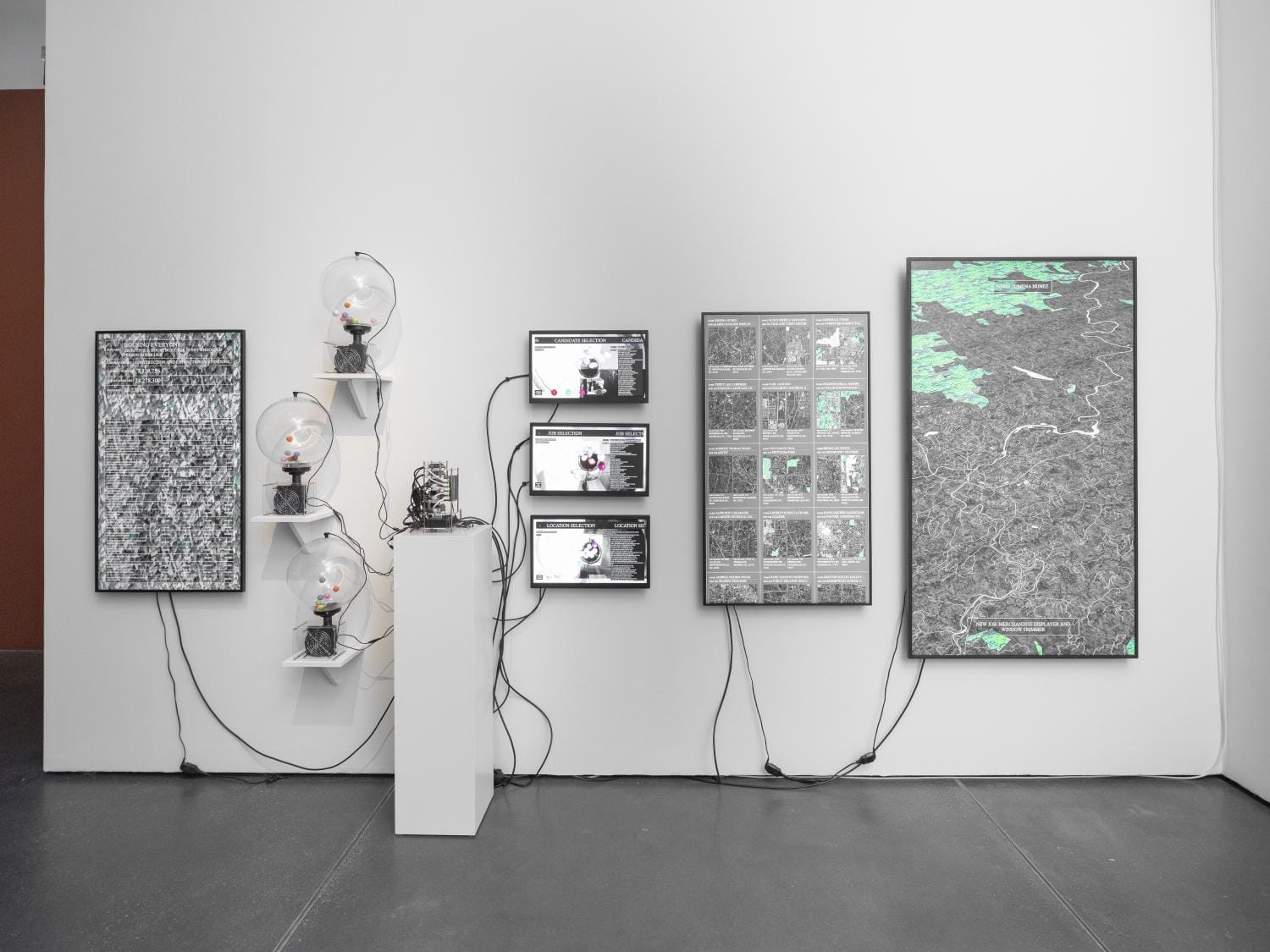
From Things to Ecologies
The trajectory of IoT—from cybernetic experiments and hobbyist prototypes to industrial ecosystems—marks a profound cultural transition. What began as a question of “smart objects” has become a question of living systems: how intelligence, sensing, and agency distribute across networks that now mediate the material world. Today’s IoT extends beyond homes and factories to planetary scale—monitoring climate systems, managing supply chains, and orchestrating energy grids. Edge computing and AI integration allow these systems to act autonomously, sometimes beyond direct human oversight.
But the creative origins of IoT still matter. The experimental ethos of early artists and makers—who viewed connected objects not as products but as inquiries—remains vital for navigating what comes next. As IoT evolves into the invisible infrastructure of everyday life, its design and governance will shape how agency, accountability, and meaning persist within the vast web of connected things.


